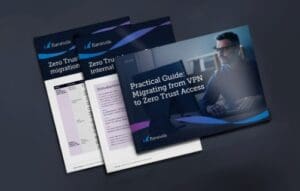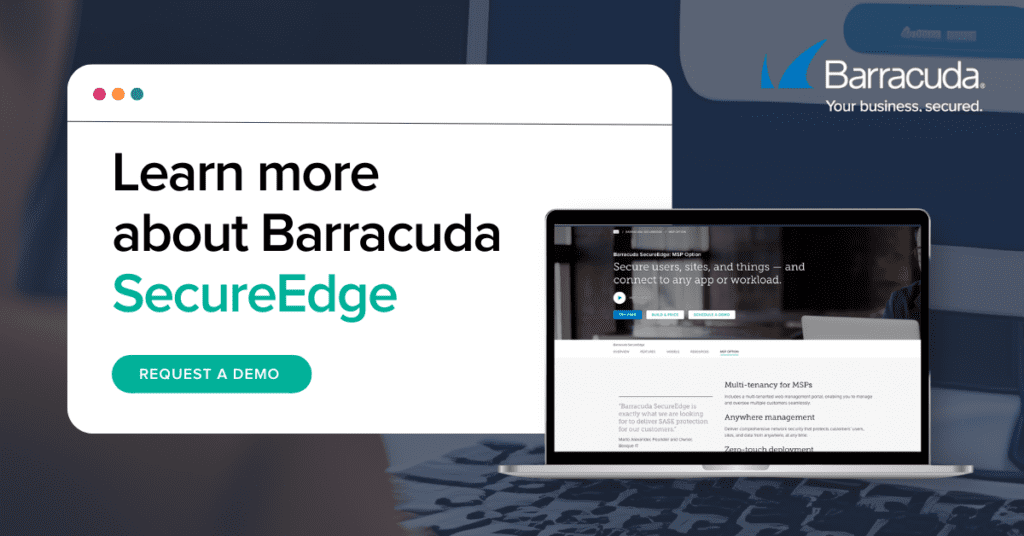
 In today’s evolving digital landscape, remote work has become the norm, and cyber threats are growing more sophisticated. Traditional VPN solutions are struggling to keep pace with these changes, prompting IT leaders to consider adopting a more robust and adaptive security model: Zero Trust Access (ZTA).
In today’s evolving digital landscape, remote work has become the norm, and cyber threats are growing more sophisticated. Traditional VPN solutions are struggling to keep pace with these changes, prompting IT leaders to consider adopting a more robust and adaptive security model: Zero Trust Access (ZTA).
If you are looking to uplevel security services offering by replacing VPN service with a ZTA service, follow these 10 essential steps to ensure a smooth transition:
1. Educate your team
Ensure that your team has a solid understanding of ZTA principles and benefits. Barracuda’s “Practical Guide: Migrating from VPN to Zero Trust Access” provides a comprehensive overview of Zero Trust, its key components, and its advantages over traditional VPNs.
2. Secure internal buy-in
Implementing ZTA requires a shift in mindset and collaboration across the organization. Use the information and analogies in Barracuda’s “Zero Trust Access: Getting Internal Buy-in for Migrating” guide to effectively communicate the need for ZTA to stakeholders with different learning styles and levels of technical expertise.
3. Conduct a comprehensive asset discovery
Identify and catalog all assets within your organization’s IT ecosystem. Barracuda’s “IT Asset Inventory Workbook” is a valuable resource to help you through this process.
4. Assess your current security posture
Evaluate your existing security controls, identify gaps and vulnerabilities, and determine your organization’s Zero Trust maturity level. This will help you prioritize areas for improvement and allocate resources effectively.
5. Plan your migration strategically
Use Barracuda’s “Zero Trust Access Migration Checklist” to create a structured roadmap for your migration, breaking down the process into manageable phases.
6. Design your Zero Trust architecture
Based on your assessment and planning, design a comprehensive Zero Trust architecture that aligns with your organization’s specific needs and security requirements.
7. Implement and test
Start with a pilot group to test your implementation, gather feedback, and make necessary adjustments before rolling it out to the entire organization. A phased approach ensures a smoother transition and minimizes disruption.
8. Leverage SASE for simplified management
Consider adopting a Secure Access Service Edge (SASE) solution like Barracuda SecureEdge to streamline your Zero Trust implementation and benefit from unified policy enforcement, scalability, and improved performance.
9. Prioritize user experience
Ensure that your chosen solution offers seamless, secure access to resources from any location or device, and provide adequate training and support to help users adapt to the new security model.
10. Monitor and continuously improve
Continuously monitor your security posture, track key metrics, and gather feedback from users. Use these insights to refine your policies, address emerging threats, and optimize your Zero Trust architecture over time.
By following these 10 essential steps and leveraging Barracuda’s resources, you can confidently navigate your transition from VPN to Zero Trust Access. Download the comprehensive guides, migration checklist, and IT Asset Inventory Workbook today to kickstart your Zero Trust journey and ensure a more secure, agile, and resilient digital environment for your organization.
This article was originally published at Barracuda Blog.

